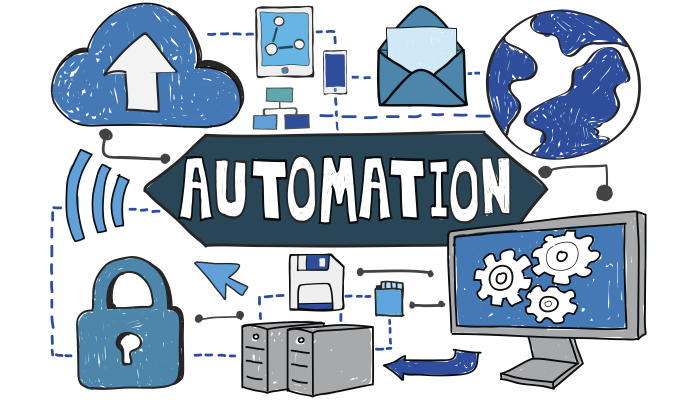
Mid- and large-sized IT support organizations typically have high volumes of tickets. In order to respond to tickets quickly and efficiently, it is extremely important to assign tickets to the right support personnel. This enables the support organization to meet service level agreements and resolve tickets to the satisfaction of end-users.
Routing tickets to a Service Desk that manually reassigns them to appropriate support teams is a slow, inefficient, and error-prone strategy, yet it is still prevalent in many organizations. Many IT organizations have service desks that work 16-24 hours a day in two to three shifts, including on weekends, for timely response to tickets in the end-user’s time zone.
Delays in assignment to the right personnel lead to delays in resolution. Being contacted by multiple support agents until the team who can actually solve the issue is identified is frustrating for end-users. Once a support team knows that they do not have the necessary skills, they may not have a sense of urgency when reassigning the ticket to a team that does, which delays resolution. In some cases, the ticket may inadvertently be reassigned to the wrong support team, further exacerbating the delay. This approach simply does not scale, and all of these issues are common sources of customer dissatisfaction and missed service targets.
End-users are pleasantly surprised when, within minutes of reporting an issue, a support agent who can quickly understand the issue calls to serve them successfully. Automating ticket routing can make this ‘aha moment’ possible.
Tickets assigned to a team must further be assigned to team members. Typically, team members either manually self-assign tickets, or a “gatekeeper” in the team—often a team lead—must distribute tickets as they are received. Either approach is mundane, and for high-volume environments, inefficient. The cumulative cost of this activity over the course of an entire year can be mind-boggling.
The new approach in digital enterprises is real-time, automated routing. Ticket attributes can be used intelligently to route the ticket to the appropriate support team. Attributes of tickets, such as category and priority, can be used for automatic routing to the team that has the necessary skills. This is where quality of data is of paramount importance. Bad or insufficient data will almost certainly lead to routing to the wrong team.
Round robin assignment can automate the task of automatically assigning the ticket to a team member. This approach works well for teams that have multiple levels of support, with level one support agents being assigned new tickets at random. Such automation relieves the agents of the need to monitor queues for new tickets, allowing them to focus on tickets automatically assigned to them by the ITSM system. This approach is scalable, and can serve IT organizations with increasing ticket volumes and services.
With routing automation implemented, service desk managers spend less time handling escalations and more time improving support processes. Reviewing routing rules from time to time can ensure that they remain consistent with the dynamics of team structures and skills. In the mobile and social era, tickets are increasingly being created through formless means, such as email and Chatter. By educating end-users to follow best practices for creating tickets, service desk managers can make the process much easier for end-users while significantly improving automated ticket categorization and ultimately, accelerating resolution.
These postings are my own and do not necessarily represent BMC's position, strategies, or opinion.
See an error or have a suggestion? Please let us know by emailing blogs@bmc.com.






